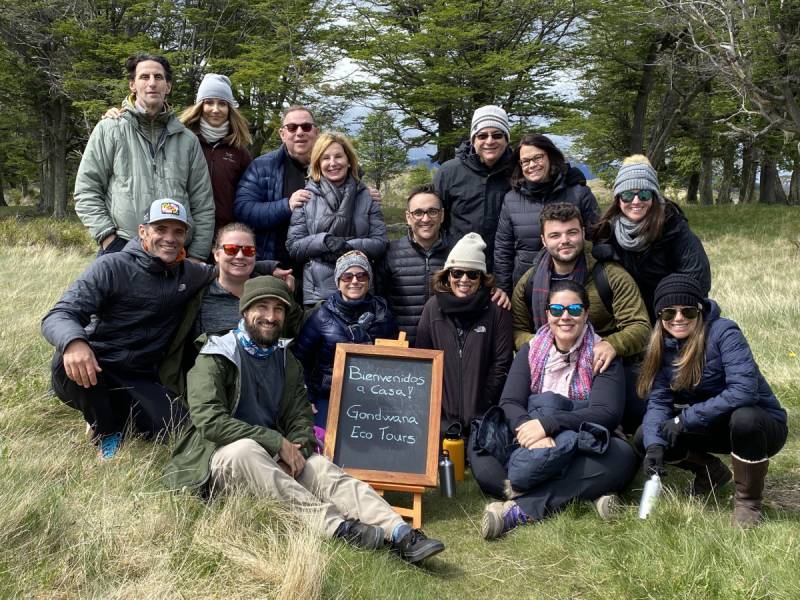The Maasai are one of Africa’s most iconic tribes. Dive into who the Maasai are, and the fascinating history and culture of the tribe. The Maasai people are known for their distinctive customs, vibrant traditional clothing, and rich oral storytelling tradition. They are primarily nomadic pastoralists, relying on cattle for their livelihood and sustenance. The Maasai culture places a strong emphasis on communal living and a deep connection to the land. Their traditional dances and ceremonies are not only visually striking but also hold significant cultural and spiritual meaning. By delving deeper into the intricate customs and way of life of the Maasai, we gain a greater appreciation for their resilience and unique heritage in the modern world.
Where are the Maasai from?
The Maasai are semi-nomadic. This means they spend time living in temporary dwellings and practice seasonal migration, but they often have a semi-permanent settlement too. They live in the Great Lakes region of Africa, between southern Kenya and northern Tanzania. Recent records show there are over 800,000 Maasai people in Kenya and 430,000 in Tanzania. The Maasai lifestyle is largely similar to that of their ancestors, but modern influences are beginning to impact the tribe.
As the Maasai people navigate the delicate balance between preserving their traditional way of life and adapting to modern influences, challenges and opportunities arise. With increased exposure to the outside world, some Maasai individuals are embracing aspects of modernity, such as education and technology, while others strive to uphold their cultural heritage. This dynamic shift within the Maasai community reflects a broader global trend of indigenous populations grappling with the complexities of cultural preservation in the face of globalization. The Maasai’s resilience and adaptability will continue to shape their identity and legacy for generations to come.
The History of the Maasai
 The Maasai oral history tells us that the tribe originated in northwest Kenya, in the lower Nile Valley. Around the 15th century, the Maasai began migrating south. Between the 17th and late 18th centuries they arrived in the area that stretches from what is now northern Kenya to central Tanzania
The Maasai oral history tells us that the tribe originated in northwest Kenya, in the lower Nile Valley. Around the 15th century, the Maasai began migrating south. Between the 17th and late 18th centuries they arrived in the area that stretches from what is now northern Kenya to central Tanzania
During their migration, the Maasai developed a distinct and rich cultural heritage that set them apart from other tribes in the region. Their pastoral way of life, centered around cattle herding, became an essential part of their identity. The Maasai are known for their unique attire, intricate beadwork, and traditional dances, all of which reflect their deep connection to their land and ancestors. As they settled in the vast savannah lands of East Africa, they established a strong communal structure based on age sets and elder councils that continue to play a vital role in their society today. The Maasai’s resilience and adaptability over the centuries have allowed them to preserve their traditions while navigating the challenges of a rapidly changing world.
Maasai Culture
Tepilit Ole Saitoti, a renowned Maasai writer, is famously quoted to have said, “Without the land and cattle, there will be no Maasai”. Cattle are a main pillar of Maasai society. Cattle herding contributes a large part of their identity, and livestock ownership is a sign of status. The animals provide resources such as raw meat, milk, and blood, which are staples of the Maasai diet. The purpose of their movement as semi-nomads is to find new grazing land for their cattle, as well as their other livestock, which includes goats and sheep. They relocate themselves and their livestock in a communal land management system that is based on seasonal rotation. Moving across vast areas also allows the Maasai to trade and barter with other tribes.
In terms of social organization, Maasai culture is very focused on tradition. As people grow from childhood to adulthood to old age, responsibilities, roles and titles are passed on. These rites of passage are usually accompanied by ceremonies and rituals. Maasai men and women have performed the same roles for centuries. Men perform the duties of acting as warriors and livestock herders. Women complete household chores, milk cattle, and gather firewood.
The division of labor within Maasai society is not just about duties, but it is deeply ingrained in their cultural beliefs and values. Men and women in Maasai culture have distinct roles and responsibilities that are crucial for the survival and prosperity of the community. While men are traditionally responsible for protecting the tribe and managing the livestock, women play a vital role in maintaining the household and ensuring the well-being of the family. This division of labor is not seen as a form of inequality, but rather as a harmonious way of functioning that has been passed down through generations. The respect for each other’s roles and the interdependence between men and women are fundamental aspects of Maasai social organization.

Maasai Language
The Maa language spoken by the Maasai people is closely related to that of neighboring tribes, such as the language of the Samburu people of central Kenya, and to Camus spoken south of Lake Baringo, and the Latuko language spoken in South Sudan. In simple terms, the name ‘Maasai’ itself translates to ‘people who speak Maa’. The Maa language is spoken only, not generally written down. This oral tradition is how their history has been passed from generation to generation throughout the centuries.
The Maasai people have maintained a strong bond with their language, using it as a tool to preserve their cultural heritage and traditions. Through the oral tradition of passing down stories, legends, and wisdom from one generation to another, the essence of the Maasai identity is deeply embedded in the Maa language. This linguistic connection not only serves as a means of communication but also as a symbol of unity and pride among the Maasai community. Despite the challenges posed by modernization and globalization, the resilience of the Maa language continues to be a testament to the rich history and resilience of the Maasai people.
Maasai Song and Dance
The Maasai are famous for their traditional jumping dance, known as “Adumu”, a symbol that many people associate with their culture. Maasai music is traditionally made up of rhythms and harmonies by a chorus of vocalists, and a melody sung by the olaranyani, or song leader.
Historically, the Adumu dance is done during Eunoto, a coming-of-age ceremony when a young man makes his transition into a warrior. These 10-day events include competitive dancing, as well as singing and rituals.
During the Eunoto ceremony, the Maasai warriors showcase their strength, agility, and endurance through the Adumu dance, leaping high into the air while maintaining a straight posture. The rhythmic chants and harmonies of the chorus intensify the atmosphere, creating a sense of unity and pride among the community members witnessing the event. Beyond being a display of physical prowess, the Adumu dance symbolizes the Maasai warriors’ connection to their ancestors, their land, and their cultural heritage. As the young men partake in this ancient tradition, they not only honor their past but also prepare themselves for the challenges and responsibilities that come with being a warrior in Maasai society.

Maasai Adumu dances
Maasai Clothing
Distinctive dress and body adornment give the Maasai a unique visual aesthetic. Traditional clothing and body modification are iconic parts of Maasai culture, however specific styles can vary greatly based on the tribe and region.
Maasai clothing is largely made up of draped robes, intricately adorned with beads. Maasai tribes traditionally wear colorful clothes and beads. The purpose of the colorful clothing is so people can easily be spotted from a distance. And if someone goes missing, due to wildlife encounters or other reasons, the fabric will be visible when their people go looking for them. Herders are sometimes attacked by wildlife and some women too fetching water – life in the bush can be dangerous!
Another cultural symbol of the Maasai is body modification, such as stretching earlobes. Shaving the hair is another ritual that is done as a rite of passage.
Maasai Society
The Maasai people have held on to their traditional practices, while also adapting their lifestyle to modern times. The use of modern technology is becoming more common, with cell phones being useful for herders as tools to communicate and find grazing lands. More Maasai tribes have turned to farming to sustain their communities, rather than being exclusively livestock herders. Increasingly, some Maasai tribe members venture to cities and urban areas for work and to assimilate with modern life.
Governments in Tanzania and Kenya have urged the Maasai to abandon their traditions and join modern society completely, but the Maasai choose to modify their lifestyle based on their needs and remain largely independent.

Maasai Women
Maasai Houses & Structures
A traditional boma, or Maasai village, is a group of huts surrounded by a thorny fence. Often, a smaller area in the middle of the huts is fenced off as an area where livestock can rest safely overnight.
The houses are typically oval or circular and made from all-natural materials. The building materials are collected from nearby areas. The frame is made from wooden poles that are fixed into the ground and interlaced with small branches. The lattice of smaller branches is then plastered with a mixture of water, mud, and cow dung.
Due to their semi-nomadic lifestyle, the structures are designed to be easy to maintain. It is the Massai women who typically build the huts, and it takes a few months to complete them.
Meeting the Maasai
The best way to learn about a culture is by meeting the people. A visit to a Maasai boma is a feast for the senses and a great way to enrich your time in Tanzania.
When you open your mind and learn about the Maasai, the Maasai open their boma to you and allow you to delve into their culture. A visit to a Maasai boma gives you the chance to see inside their homes, dance an Adumu with them, and support the communities through the Maasai Community Development Initiative. Learn more about Tanzania and the Safari Tours offered!
Join us on one of our upcoming departures for our Tanzania: Great Migration Safari, and you’ll get to visit the Maasai in their boma.

A young Maasai dancing!

